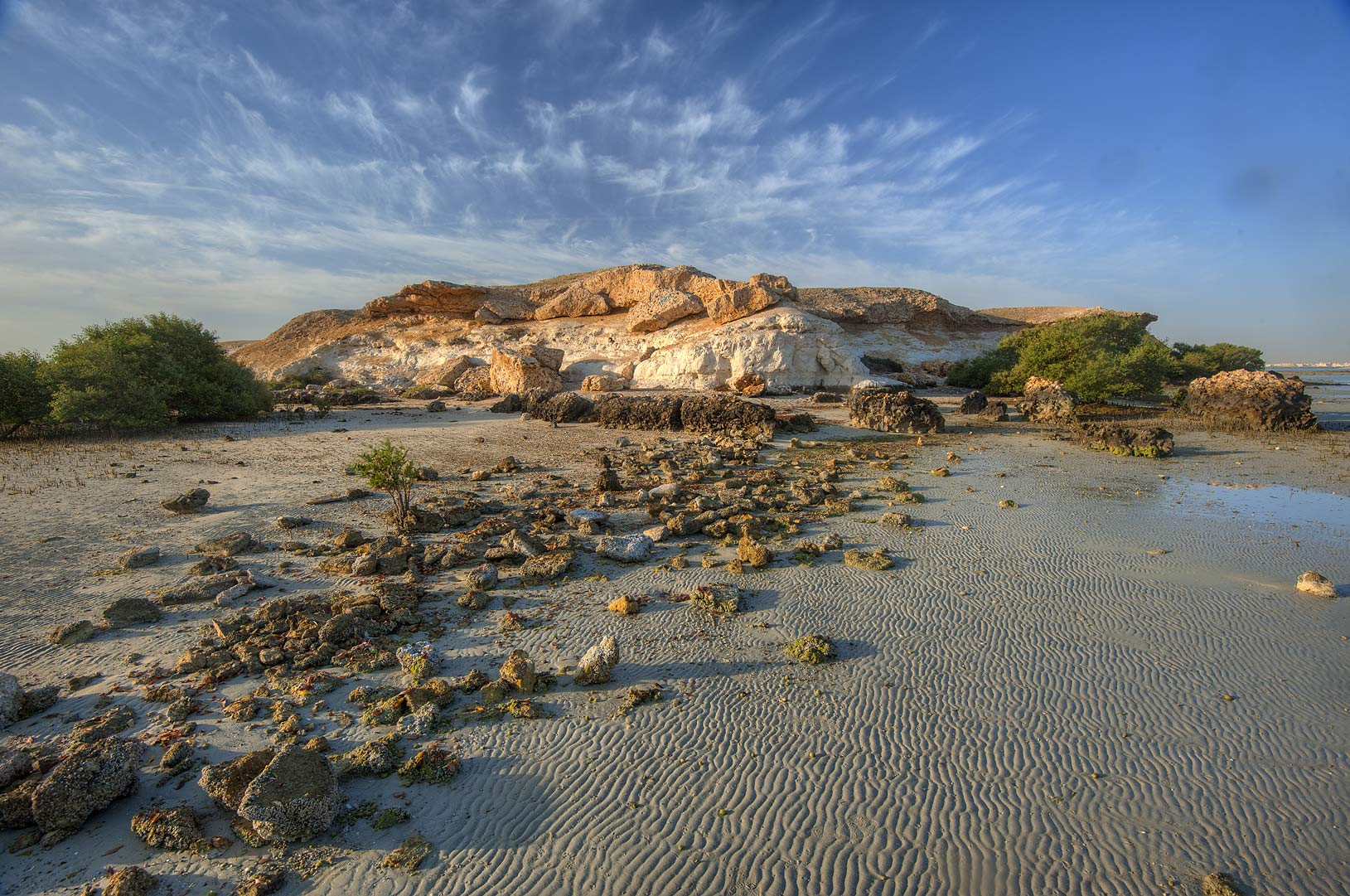|
Al Khor Islands
Al Khor Island ( ar, جزيرة الخور), also known as Jazirat bin Ghanim and Purple Island, is an island located in the municipality of Al Khor on the northeast coast of Qatar. It accommodates the only archaeological site in the country attributable to the second millennium BC. There are four main periods of occupation on the island, dating from as early as c. 2000 BC to as late as 1900 AD. The island is best known for being the site of operation of a Kassite-controlled purple dye industry in the second millennium BC. Geography Al Khor Island is located approximately 50 km north of the capital Doha. It is connected to land by a tapered dirt pathway which runs through a number of streams. Spanning an area of 1.67 km², the island is found on the eastern side of a sheltered bay which is overlooked by the city of Al Khor. The width of the bay ranges from 2.2 to 6.5 km. It is linked to the open sea by a channel with a width of roughly 750 meters on its southern end. It ... [...More Info...] [...Related Items...] OR: [Wikipedia] [Google] [Baidu] |
Qatar
Qatar (, ; ar, قطر, Qaṭar ; local vernacular pronunciation: ), officially the State of Qatar,) is a country in Western Asia. It occupies the Qatar Peninsula on the northeastern coast of the Arabian Peninsula in the Middle East; it shares its sole land border with Saudi Arabia to the south, with the rest of its territory surrounded by the Persian Gulf. The Gulf of Bahrain, an inlet of the Persian Gulf, separates Qatar from nearby Bahrain. The capital is Doha, home to over 80% of the country's inhabitants, and the land area is mostly made up of flat, low-lying desert. Qatar has been ruled as a hereditary monarchy by the House of Thani since Mohammed bin Thani signed a treaty with the British in 1868 that recognised its separate status. Following Ottoman rule, Qatar became a British protectorate in 1916, and gained independence in 1971. The current emir is Tamim bin Hamad Al Thani, who holds nearly all executive and legislative authority under the Constitution of Qat ... [...More Info...] [...Related Items...] OR: [Wikipedia] [Google] [Baidu] |
Avicennia Marina
''Avicennia marina'', commonly known as grey mangrove or white mangrove, is a species of mangrove tree classified in the plant family Acanthaceae (formerly in the Verbenaceae or Avicenniaceae). As with other mangroves, it occurs in the intertidal zones of estuarine areas. Description Grey mangroves grow as a shrub or tree to a height of , or up to in tropical regions. The habit is a gnarled arrangement of multiple branches. It has smooth light-grey bark made up of thin, stiff, brittle flakes. This may be whitish, a characteristic described in the common name. The leaves are thick, long, a bright, glossy green on the upper surface, and silvery-white, or grey, with very small matted hairs on the surface below. As with other ''Avicennia'' species, it has aerial roots (pneumatophores); these grow to a height of about , and a diameter of . These allow the plant to absorb oxygen, which is deficient in its habitat. These roots also anchor the plant during the frequent inundation o ... [...More Info...] [...Related Items...] OR: [Wikipedia] [Google] [Baidu] |
Archaeological Sites In Qatar
Archaeology or archeology is the scientific study of human activity through the recovery and analysis of material culture. The archaeological record consists of artifacts, architecture, biofacts or ecofacts, sites, and cultural landscapes. Archaeology can be considered both a social science and a branch of the humanities. It is usually considered an independent academic discipline, but may also be classified as part of anthropology (in North America – the four-field approach), history or geography. Archaeologists study human prehistory and history, from the development of the first stone tools at Lomekwi in East Africa 3.3 million years ago up until recent decades. Archaeology is distinct from palaeontology, which is the study of fossil remains. Archaeology is particularly important for learning about prehistoric societies, for which, by definition, there are no written records. Prehistory includes over 99% of the human past, from the Paleolithic until the advent of ... [...More Info...] [...Related Items...] OR: [Wikipedia] [Google] [Baidu] |

.jpg)